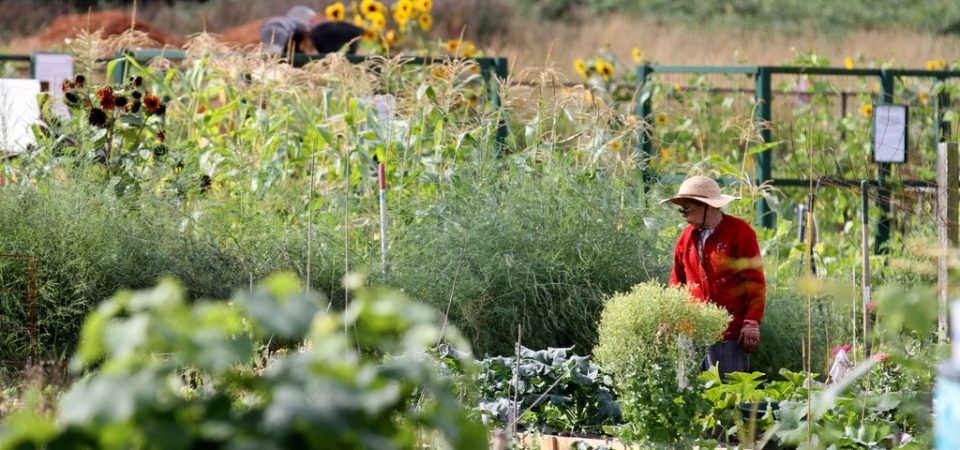Item Link: Access the Resource
Date of Publication: March 31, 2020
Author(s): John Harte
Newspaper: Environmental Health News
Systems-thinker John Harte gives a roadmap on how we can use the same interconnectedness that is spurring catastrophe to instead promote health and sustainability.
Human society is complex, with myriad interconnected components.
The proverbial butterfly wings are flapping everywhere, triggering unpredictable responses of a magnitude far greater than could be anticipated from the tiny metabolism of the “butterfly.”
Thus, human contact with a single bat or pangolin in some Chinese market may be what has now brought civilization to its knees.
Ecologists have argued that complexity and interdependency are what make ecosystems stable— resistant to disproportionate responses like what we’re experiencing during the coronavirus pandemic. Simplify the ecosystem, cut the connecting cords, and you end up with a system highly vulnerable to disturbance.
Indeed, in systems that have slowly evolved over countless millennia, that foundational principle has a good deal of truth.
But complex society did not evolve in the Darwinian sense; unlike a population of beetles, civilization is not, primarily, the product of millennia of trial and error.
Read the full article here.
The views and opinions expressed through the MAHB Website are those of the contributing authors and do not necessarily reflect an official position of the MAHB. The MAHB aims to share a range of perspectives and welcomes the discussions that they prompt.
